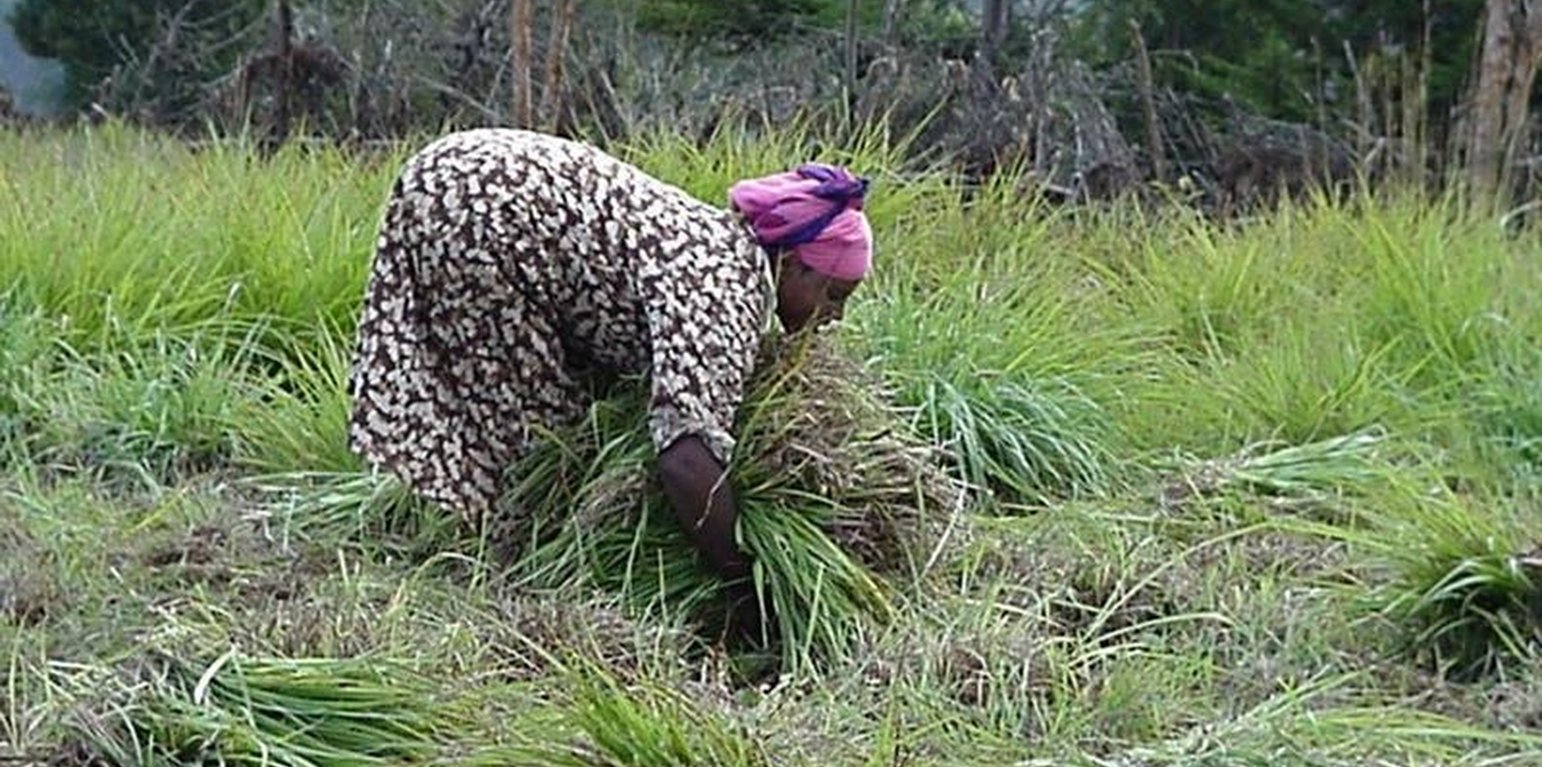



This case study focuses on the highly populated, humid highland regions of Ethiopia that experience serious shortages of pasture. Due to rapid population growth, communal grazing areas are increasingly being converted into cropland. This has led to enormous pressure on the little remaining grazing land, through overstocking of dairy cows and oxen, and thus overgrazing, resulting in considerably decreased productivity.
Improved grazing land management is vital to increase food security and alleviate poverty, as well as to bring environmental rewards. To address these problems, the national SWC programme in Ethiopia initiated a grazing land management project over a decade ago. Implementation of the technology includes the initial delineating of the grazing land, and then fencing to exclude open access. This is followed by land preparation, application of compost (and, if necessary, inorganic fertilizers) to improve soil fertility, then planting of improved local and exotic fodder species, including multipurpose shrubs/trees such as Leucaena sp. and Sesbania sp. and the local desho grass (Pennisetum sp.). Desho has a high nutritive value and regular cuts are ensured. It is planted by splits, which have high survival rates and establish better than grasses which are seeded. Other grass seeds, as well as legumes, including alfalfa (lucerne: Medicago sativa) and clovers in some cases, are mixed with fodder tree seeds and then broadcast.
Maintenance activities such as weeding, manuring and replanting ensure proper establishment and persistence. Fodder is cut and carried to stall-fed livestock. Once a year, grass is cut for hay, which is stored to feed animals during the dry season. Experience shows that such grazing land is best managed when individually owned and used. In the study area, the community has distributed small plots (<0.5 ha) of communal grazing land to individual users to develop, manage and use.
The overall purpose of the intervention is to improve the productivity of grazing land and control land degradation through the introduction of productive techniques and improved fodder species, which consequently improve livestock production. Commercialisation of animals and marketing of their products increases the income of farmers. The government provides technical assistance, close follow-up, and some inputs for initial establishment. Land users are trained in compost/ manure application, planting of seeds, splits and seedlings, and general maintenance.
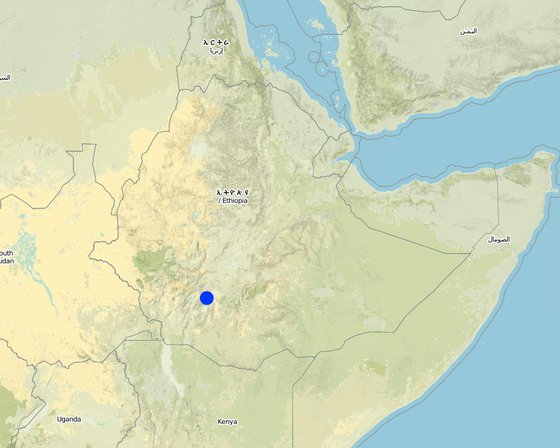
สถานที่: Chencha, เอธิโอเปีย
ตำนวนการวิเคราะห์เทคโนโลยี:
การเผยแพร่ของเทคโนโลยี:
In a permanently protected area?:
วันที่ในการดำเนินการ:
ประเภทของการแนะนำ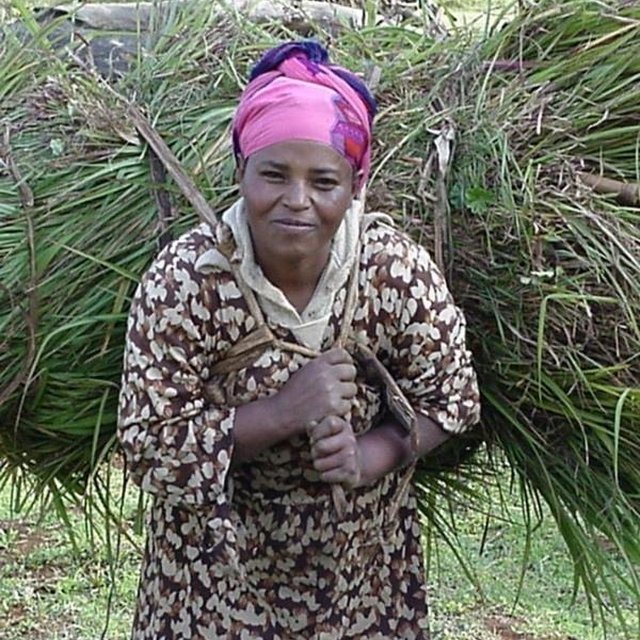
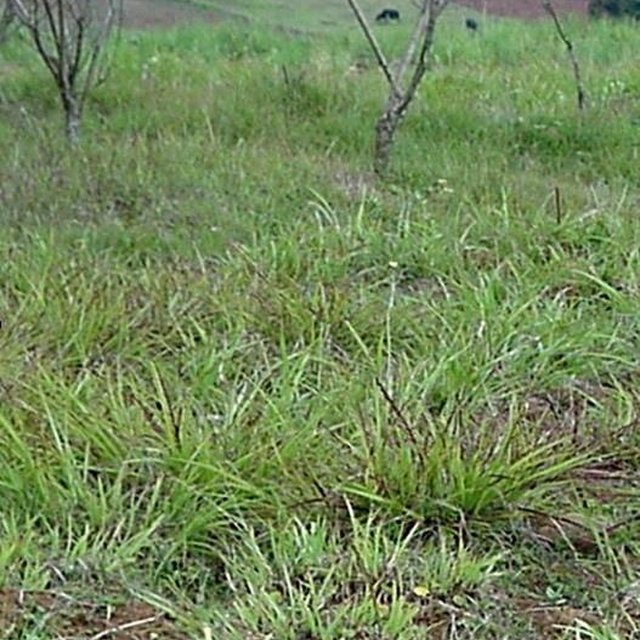








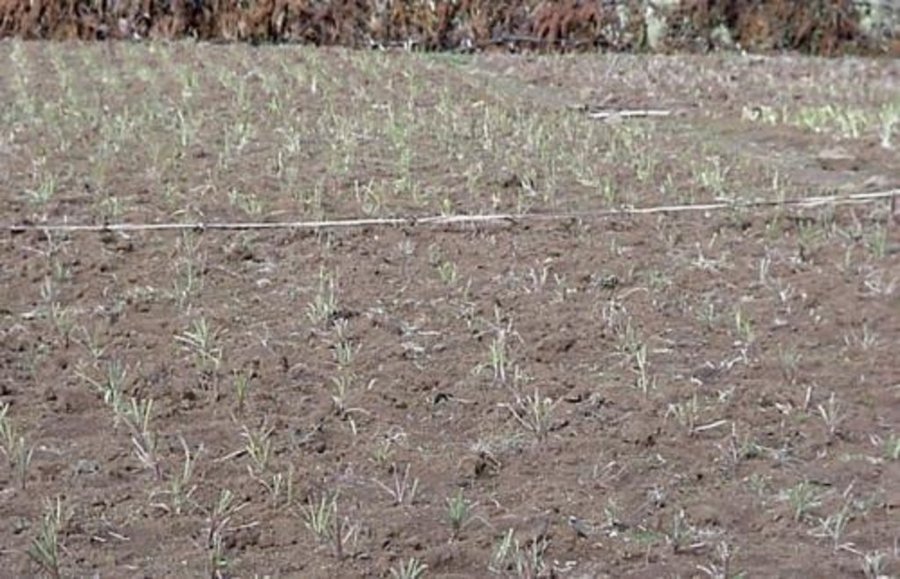
| ปัจจัยนำเข้า | หน่วย | ปริมาณ | ค่าใช้จ่ายต่อหน่วย (n.a.) | ค่าใช้จ่ายทั้งหมดต่อปัจจัยนำเข้า (n.a.) | %ของค่าใช้จ่ายที่ก่อให้เกิดขึ้นโดยผู้ใช้ที่ดิน |
| แรงงาน | |||||
| Labour | ha | 1.0 | 320.0 | 320.0 | 100.0 |
| อุปกรณ์ | |||||
| Animal traction | ha | 1.0 | 17.0 | 17.0 | 100.0 |
| Tools | ha | 1.0 | 5.0 | 5.0 | 50.0 |
| วัสดุด้านพืช | |||||
| Seedlings | ha | 1.0 | 5.0 | 5.0 | |
| Grass splits (tillers) | ha | 1.0 | 450.0 | 450.0 | 100.0 |
| ปุ๋ยและสารฆ่า/ยับยั้งการเจริญเติบโตของสิ่งมีชีวิต (ไบโอไซด์) | |||||
| Fertilizer | ha | 1.0 | 60.0 | 60.0 | 100.0 |
| Compost/manure | ha | 1.0 | 140.0 | 140.0 | 100.0 |
| วัสดุสำหรับก่อสร้าง | |||||
| Deadwood for fencing | ha | 1.0 | 55.0 | 55.0 | 100.0 |
| ค่าใช้จ่ายทั้งหมดของการจัดตั้งเทคโนโลยี | 1'052.0 | ||||
| Total costs for establishment of the Technology in USD | 1'052.0 | ||||
| ปัจจัยนำเข้า | หน่วย | ปริมาณ | ค่าใช้จ่ายต่อหน่วย (n.a.) | ค่าใช้จ่ายทั้งหมดต่อปัจจัยนำเข้า (n.a.) | %ของค่าใช้จ่ายที่ก่อให้เกิดขึ้นโดยผู้ใช้ที่ดิน |
| แรงงาน | |||||
| Labour | ha | 1.0 | 35.0 | 35.0 | 100.0 |
| อุปกรณ์ | |||||
| Tools | ha | 1.0 | 4.0 | 4.0 | 100.0 |
| วัสดุด้านพืช | |||||
| Seeds | ha | 1.0 | 30.0 | 30.0 | 100.0 |
| Seedlings | ha | 1.0 | 2.0 | 2.0 | 100.0 |
| ปุ๋ยและสารฆ่า/ยับยั้งการเจริญเติบโตของสิ่งมีชีวิต (ไบโอไซด์) | |||||
| Fertilizer | ha | 1.0 | 15.0 | 15.0 | 100.0 |
| Compost/manure | ha | 1.0 | 35.0 | 35.0 | 100.0 |
| วัสดุสำหรับก่อสร้าง | |||||
| Deadwood for fencing | ha | 1.0 | 5.0 | 5.0 | 100.0 |
| ค่าใช้จ่ายทั้งหมดของการบำรุงรักษาสภาพเทคโนโลยี | 126.0 | ||||
| Total costs for maintenance of the Technology in USD | 126.0 | ||||
Increase in livestock production
Increase in the availability of livestock products on the market
Decrease in size of grazing plots due to land fragmentation
Selling animals and their products
Initially high. Incentives such as free seeds, seedlings, tools
Improvement in household diets (milk)
Increased willingness